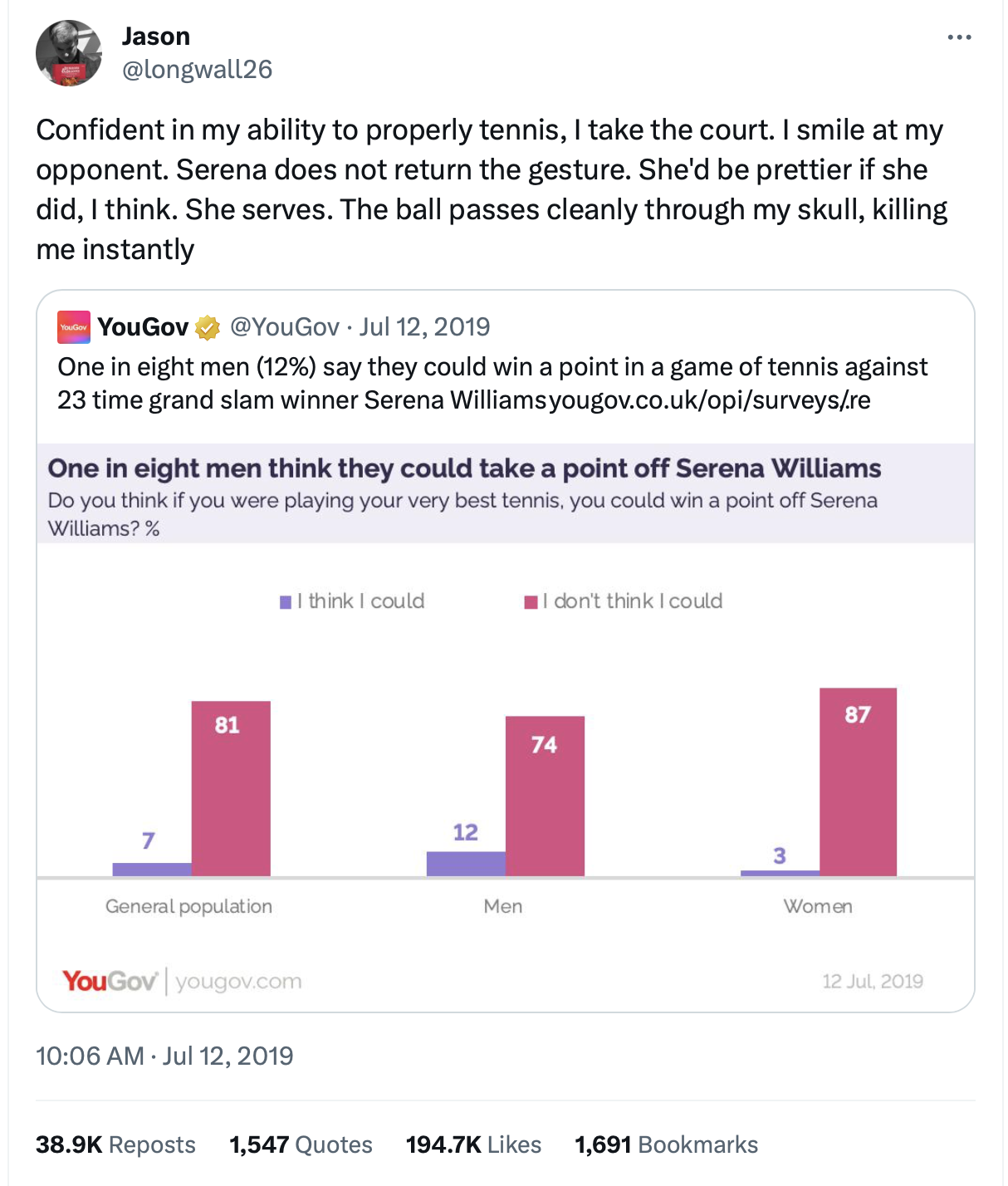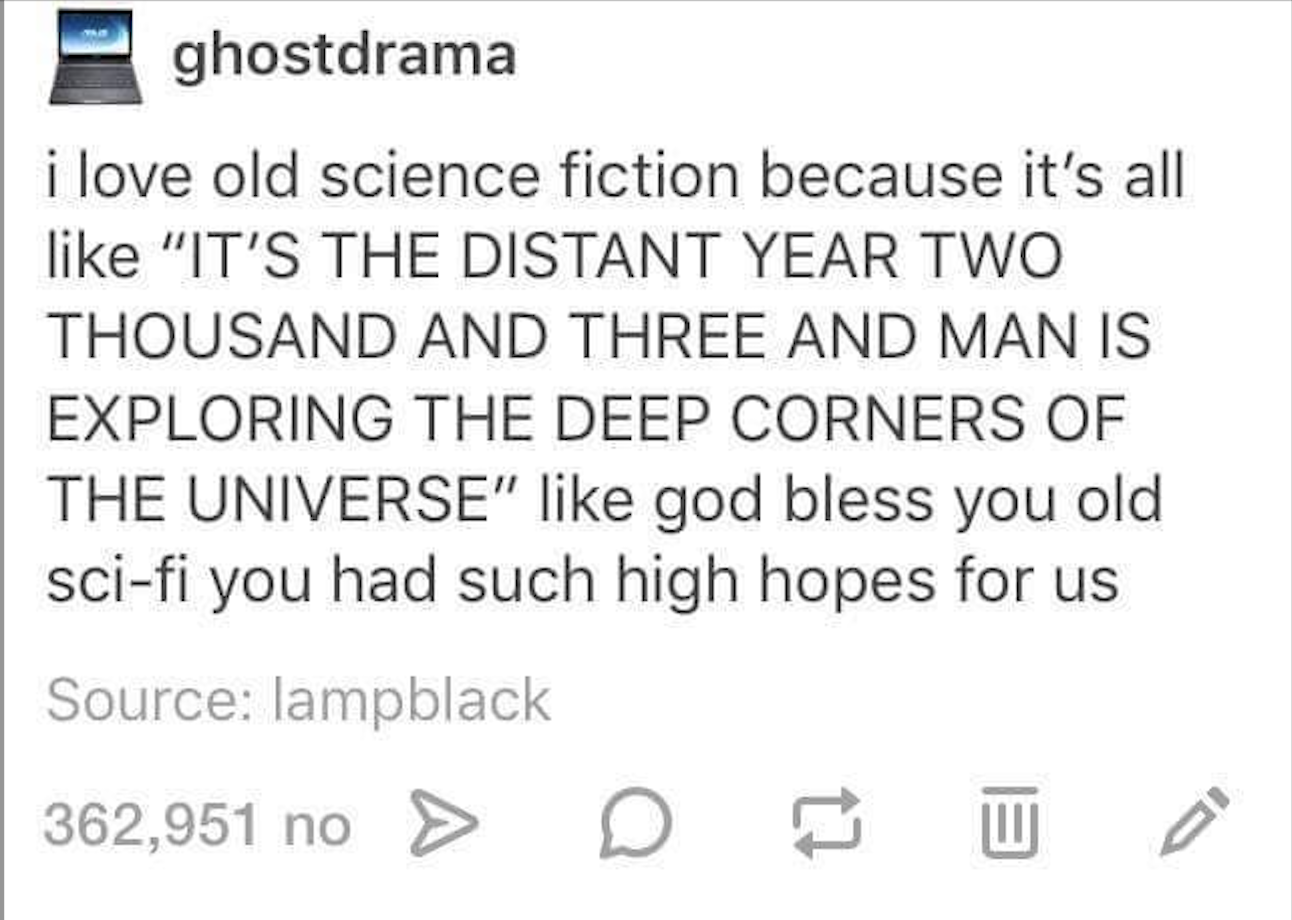This book is an exercise in decontextualization. It’s what happens if you take a Roko’s Basilisk style AI and ask it questions; you get things that are technically correct answers, but have left out all the context of, broadly, “being a human.” And, as always with Munroe, it’s hilarious.
For a general idea of what the book is like, one of the early chapters is “how to throw a pool party,” and consists almost entirely of instructions on how to build a pool. Said instructions include notes about how thick you would have to make the walls of an above-ground pool so that the water doesn’t burst out—if you were using Gruyere as the wall-building material. As it explains how the best bet for rapidly filling a pool, ignoring all costs, is to order tens of thousands of plastic water bottles and an industrial shredder—conveniently, the industrial-grade ones include the ability to separate out plastic shreds from liquids, which is probably quite useful to recycling facilities, and in the case of filling a pool means you should install it backwards—there’s an aside about the fact that using an atomic bomb is not an effective way to open water bottles.1
There’s also some neat guest appearances; Chris Hadfield answers a great many questions about… let’s call it flying a plane, as that’s the inspiration for most of the questions. Serena Williams makes an appearance, demonstrating that in the event of the drone apocalypse, she doesn’t need to worry.2
As with all of his books, “How To” is a delight to read, and I highly recommend it. Check it out.3
- One of my favorite jokes used in the book is the repeated instances of “this is a ridiculous question, and so of course the United States military studied it during the Cold War.” ↩
- I spent the entire chapter with this tweet stuck in my head:
 ↩
↩ - This is a Bookshop affiliate link – if you buy it from here, I get a little bit of commission. It won’t hurt my feelings if you buy it elsewhere; honestly, I’d rather you check it out from your local library, or go to a local book store. I use Bookshop affiliate links instead of Amazon because they distribute a significant chunk of their profits to small, local book stores. ↩
